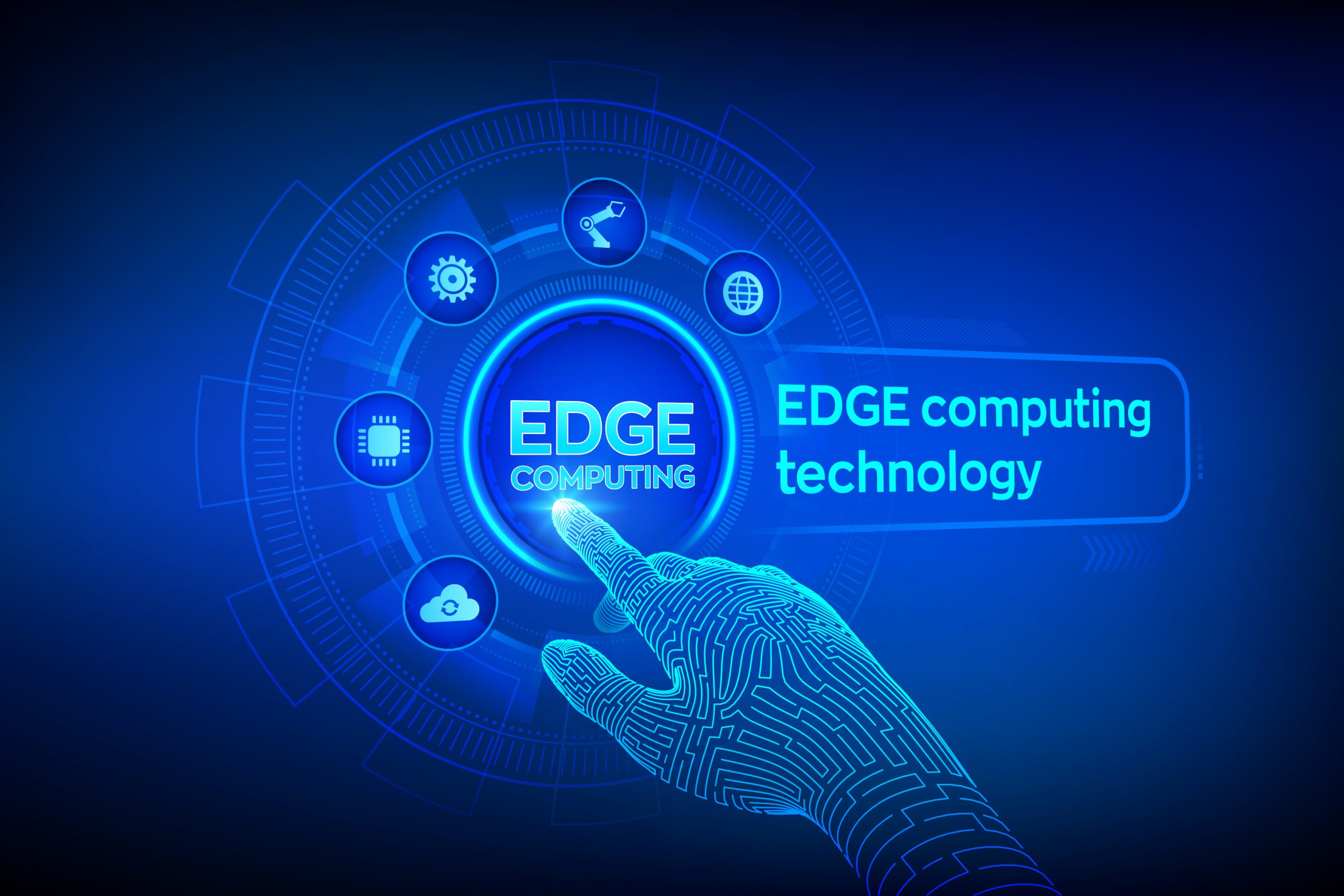The world is witnessing exponential growth in the number of IoT-connected devices, and consequently, tremendous volumes of data are created, captured, and analyzed for business intelligence daily. In 2022, the expected amount of data processed worldwide is 97 zettabytes (ZB), and by 2025 this figure may reach 181 ZB. [1]
The data explosion has escalated the need for enhanced data storage, computing, and network capacities. Instead of the clouds, processing data closer to the data source or what you can call the “edge” of the organization’s network has thus become inevitable. Edge computing utilizes multiple edge nodes meaning devices, servers, or gateways with computing capacity to process data from the equipment on the shop floor instead of sending all data to centralized servers.
“Edge services are powering the next wave of digital transformation.
With the ability to place infrastructure and applications close to where data is generated and consumed, organizations of all types are looking to edge technology as a method of improving business agility and creating new customer experiences.”
-Dave McCarthy, Research Director, Edge Strategies at International Data Corporation (IDC) [2]
Advantages of Data Processing on the Edge
The Industrial Internet of Things (IIoT) is only effective if communicated data gets speedily processed to deliver business intelligence in real-time. Precious time is lost when massive amounts of industrial data must travel to and from the cloud data center, causing a significant lag in reaching the users waiting to leverage it.
Some of the advantages of Edge Computing are:
- It reduces latency and enables rapid data analytics for efficient real-time decision-making.
- Decentralized data handling reduces the costs involved in the transportation, storage, and processing of voluminous data to an external server or in the clouds.
- It can be deployed on a smaller scale, which means edge computing can process data more quickly.
- Distributed data processing at different edge nodes ensures data security and reduces the chances of data loss or disruption of the entire network at once.
- Since smaller data packets require less bandwidth, data processing can continue even with low connectivity.
- Edge computing of microdata also supports thorough data quality checks. Thus, only relevant big data gets sent to the clouds for centralized processing and storage.
Edge AI: The Future of Smart Manufacturing
Flexible production is the only yardstick of truly Smart manufacturing. The key performance indicator (KPI) here would be the time taken to provide recommendations for changing the process parameters and the rate at which the manufacturing problems get resolved.
The most efficient strategy for optimal leveraging of data is to deploy Artificial Intelligence (AI) applications and Machine Learning (ML) algorithms at the edge of the organization’s network. Edge AI creates visibility of the entire manufacturing value chain for efficient processing of production data. When Edge AI and ML algorithms process LIVE industrial data and train with it through end-to-end connectivity, production planners get a prediction of potential anomalies and actionable insights for process improvement in real-time.
Minimal latency in data processing enables timely recommendations that can help manufacturers achieve:
- Process Control
- Quality Assurance
- Resource Management
- Production Optimization
Edge AI fuels data-driven agility on the shop floor, propelling your manufacturing to stay ahead of the curve and get the coveted edge over your competition.
References
[1] Vailshery, L. S. (2022, February 25). Edge computing market size worldwide 2025. Statista. https://www.statista.com/statistics/1175706/worldwide-edge-computing-market-revenue/
[2] I-Scoop. (n.d.). Edge spending 2024: expenditure, drivers, and industries. I-SCOOP. Retrieved April 15, 2022, from https://www.i-scoop.eu/edge-computing-explained/edge-spending-expenditure/
